PHYSICAL TREATMENT
ActiveCare Physical Therapy offers patients a range of the best Physical Therapy treatments designed to meet each individual’s recovery needs. Treatment options include assessing which of the best manual therapies, Pilates rehabilitation exercises, McConnell and Kinesiology Taping, functional training and modalities would serve your needs to get you back in the game quickly
Go Down


Physiotherapy is always recommended and will often involve other professionals, including an occupational therapist and a speech therapist. Following a stroke, a person may present with flaccidity (floppy or low tone) or spasticity (tight, high tone). Physiotherapist will use various techniques to normalise this • Restore function to paralysed limbs • Improve transfers and gait • Provide wheelchairs and other mobility devices, if necessary • Help the patient perform activities of daily living – bathing, dressing, self-feeding etc. • Increase range-of-motion • Splinting to keep the hand in a functional position if necessary) and prevent contractures and deformity
STROKE REHABILITATION
Stroke rehabilitation can be complex depending on the extent of the injury, and the results unpredictable.
Reason is HereJOINT INJURIES
Joint injuries are among the most common problems experienced by physiotherapy patients.
More Details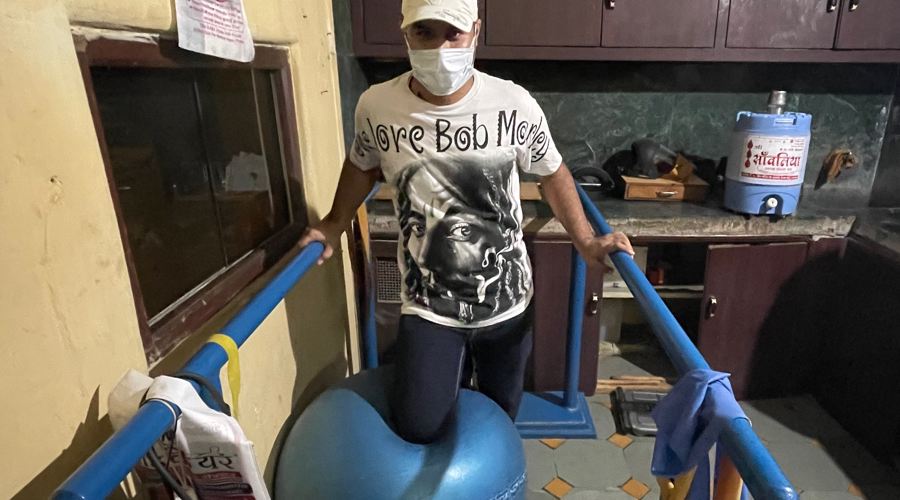
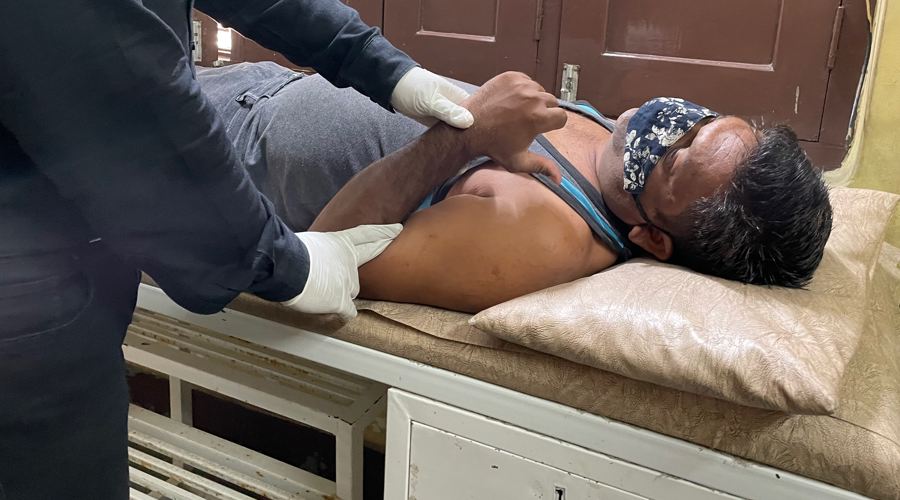
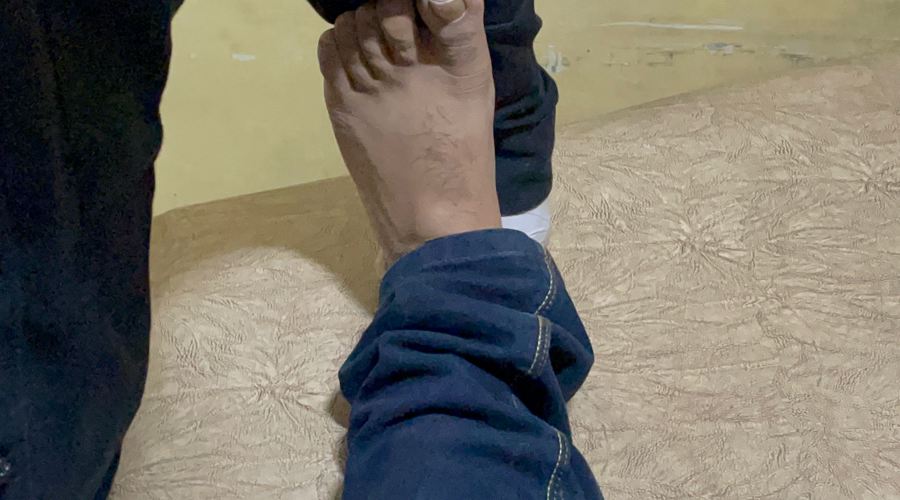
Activities of daily living (ADL) are also a crucial part of the therapy program as you return to your prior level of functioning. A hip, knee or shoulder patient may be taught the use of adaptive equipment to help with his bathing and dressing activities. The goal here is to help you become independent while coping with the injury. Recovery for a hip patient is around six weeks, while knee patients may require about ten weeks. Independent activities of daily living (IADL) like car transfers and driving are part of the program in most clinics. Wrist and hand patients need about six weeks for recovery, but their treatment may center mainly on fine motor activities. Since the hand is such a complicated structure, physiotherapists are specially trained in this area. Range of motion, strength and fine motor tasks form the basis of therapy as well as splinting in some cases.
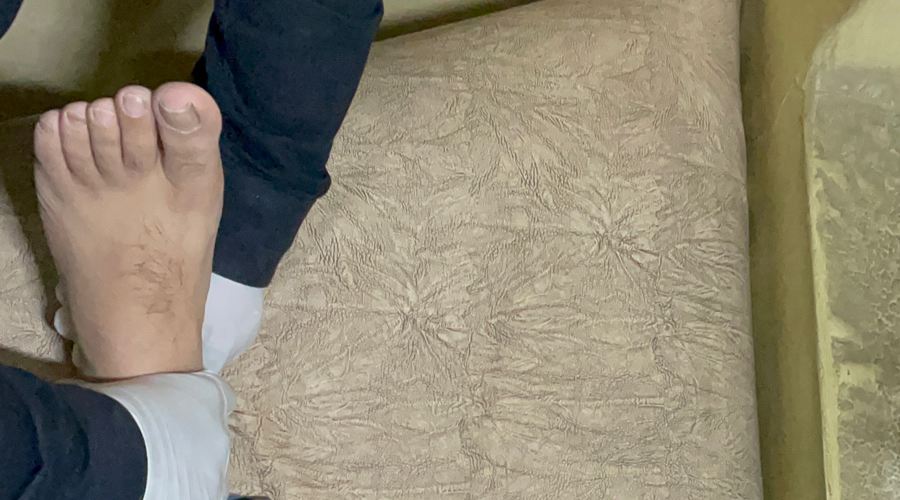
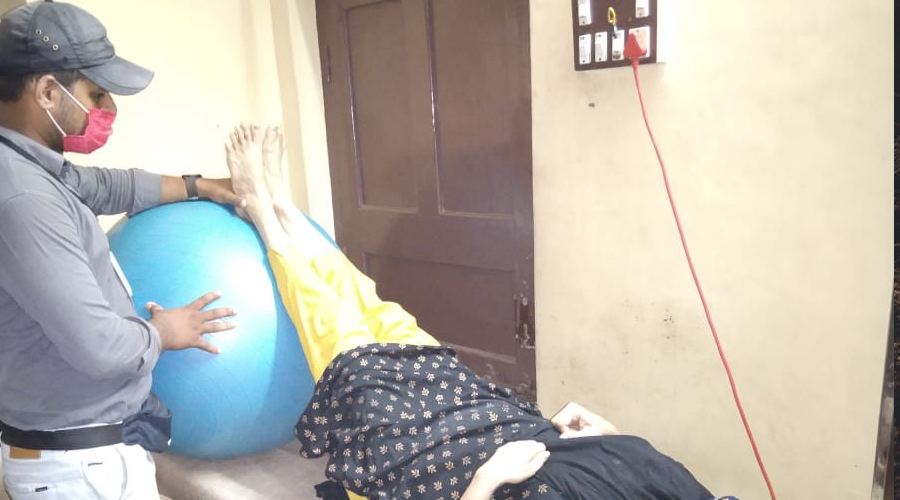
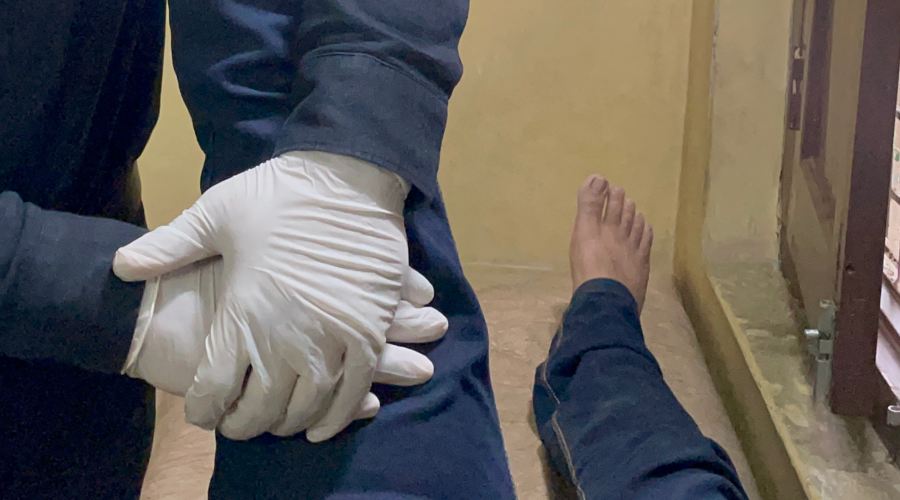
Knee pain is a very general term that does not mean anything. The professionals rely on technical terms and identify the problem. Knee related complaints have a long history, but positive outcomes are rare. 1. Anterior Pain 2. Unstable Kneecap (Knee Buckling) The most important causes or reasons for knee-related pains and ailments 1. Strenuous physical activities, sports, and other outdoor recreations. 2. Poor technique while running, jumping, horse riding, swimming, etc., 3. Sitting on the knees or in constrained spaces for long periods of time. 4. Extended periods of rest (lack of use) followed by sudden bursts of activity.
KNEE PAIN TREATMENT
The human body can be thought of as a well oiled machine. The various muscles, bones, joints, and tendons facilitate movements
More DetailsTRAUMATIC BRAIN INJURY
This is the initial injury occurring in the seconds after the accident. Damage is described as closed, open or crush injuries.
More Details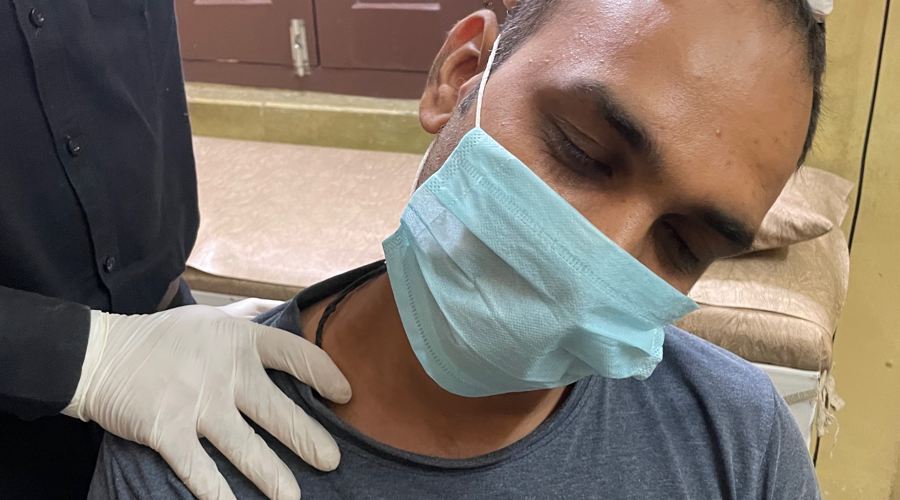
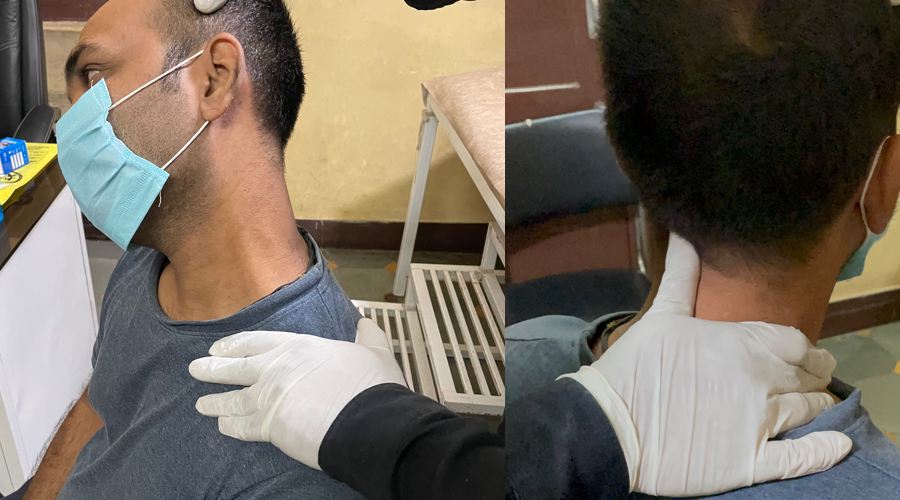
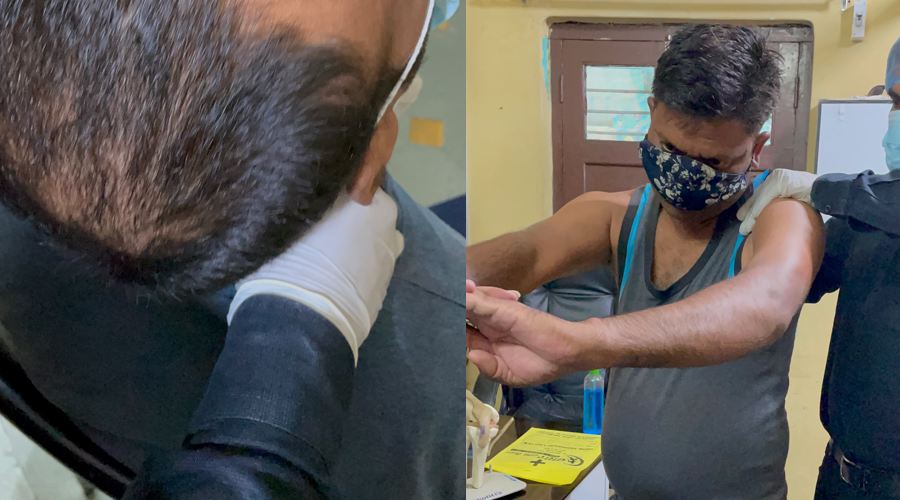
This occurs as a result of blood leaking from damaged blood vessels, over a period of days or weeks, into the area causing the brain to swell. The skull is a fixed space and the brain can suffer damage if it squeezes against it. If the brain swells it can squeeze the blood vessels, limiting the brain's blood circulation. Individuals can present with a huge variety of symptoms following a traumatic brain injury (TBI). These symptoms depend on the type of TBI suffered, its severity, the area of the brain affected and the extent of damage to the brain tissue.
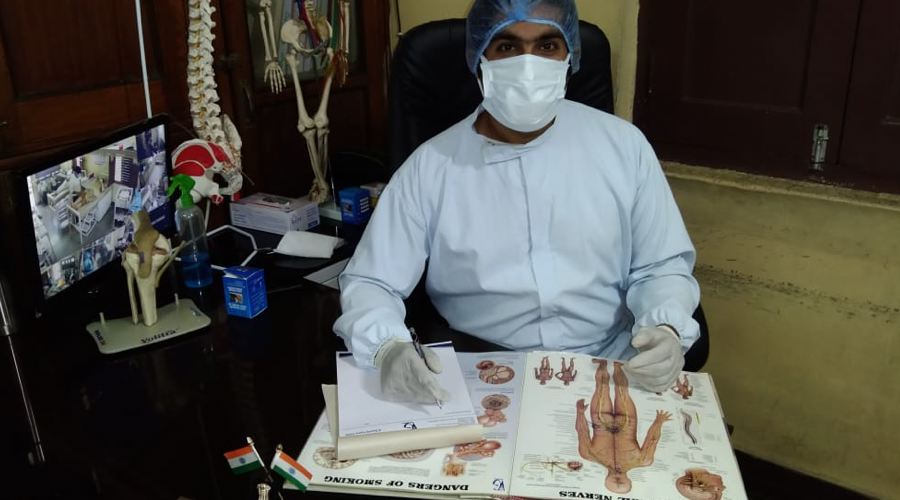
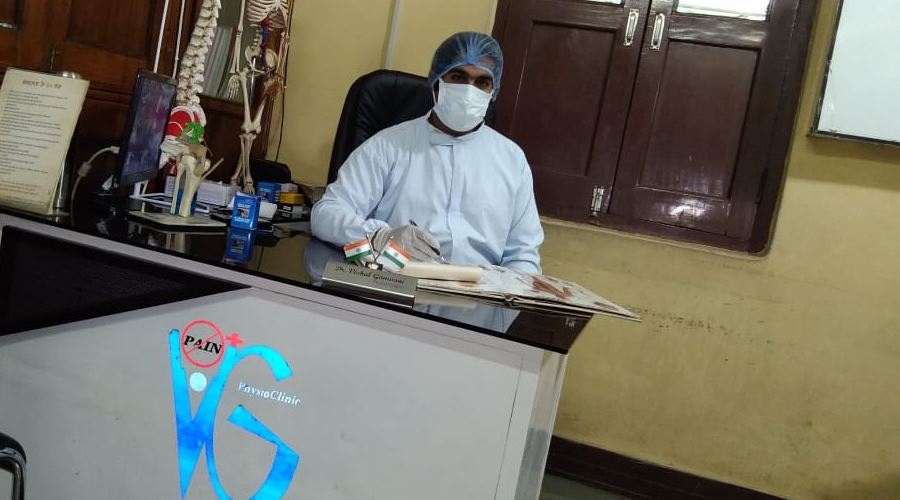
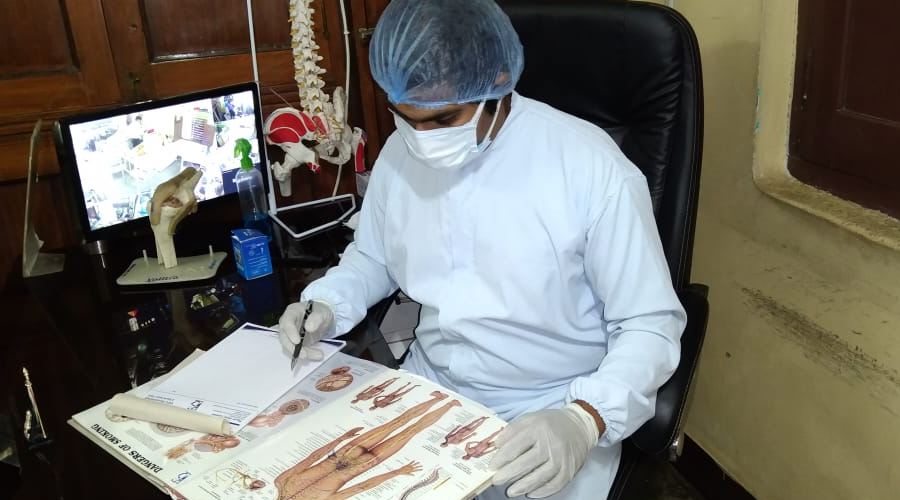
We pride ourselves on our level of service, the quality of manual and exercise treatment options we offer, a commitment to research and an evidence-based treatment approach. We pride ourselves on our patient centred, evidence based, multidisciplinary approach to achieve optimal patient outcomes. Our therapists maintain the highest levels of ethical and professional standards, many of whom have completed post graduate training to become titled Sports Physiotherapists. Our practice specialises 1.Orthopaedic rehabilitation 2.Sports injuries 3.Muscle and joint pain 4.Strapping, taping and Orthotic provision 5.Overuse injuries 6.Bio-mechanical assessment 7.Treatment for Headaches, Neck & Back pain, both acute & chronic Whiplash
Physiotherapy Clinic Ratlam
Assessment and management of sporting / non-sporting musculoskeletal injuries and post-operative rehabilitation.


<div class="cascading-images-wrapper pb-0"> <div class="cascading-images position-relative"> <img src="img/blog/default/blog-9.jpg" class="appear-animation box-shadow-3" width="500" alt="" data-appear-animation="expandIn" data-appear-animation-duration="600ms" /> <div class="position-absolute w-100" style="top: 25%; left: 10%;"> <img src="img/blog/default/blog-40.jpg" class="appear-animation box-shadow-3" width="500" alt="" data-appear-animation="expandIn" data-appear-animation-delay="300" data-appear-animation-duration="600ms" /> </div> </div> </div>

Our physiotherapists are experts in Pregnancy and Pelvic Floor Physiotherapy 1.Pelvic Pain 2.Pubic Symphsis Dysfunction 3.Low back pain and Sciatica 4.Neck and thoracic pain 5.Abdominal Separation 6.Scar management post C-section 7.De Quervain's (thumb pain) 8.Carpal Tunnel (wrist) 9.Mastitis 10.Pelvic Floor issues; stress and urge incontinence, Prolapse Return to sport and exercise.
OSTEOPOROSIS TREATMENT
Osteoporosis is a condition in which the bones become weakened and develop holes in them.
More Details
When this happens fractures may occur. Spinal fractures are common and very serious. They may lead to a type of deformity known as kyphosis, in which the spine hunches forward to accommodate the bone loss. A bone density test may reveal that you have lost height, a common situation in older women as menopause sets in and oestrogen levels are reduced. However younger women – and men – are also known to suffer from osteoporosis. Smoking, genetics, low calcium and a sedentary lifestyle are key contributors to this condition. Many people do not realise they have osteoporosis until they have a bone density test, or begin to suffer from back ache; hence the reason it is sometimes called “the silent thief.” Dull pain develops in the neck or back and later increases. Difficulty walking and frequent falls are also symptoms of osteoporosis. Proper posture and balance are especially important to someone suffering from osteoporosis, as this can prevent falls which can lead to fractures. The good thing though, is that it is preventable with medical intervention, lifestyle changes and physiotherapy.